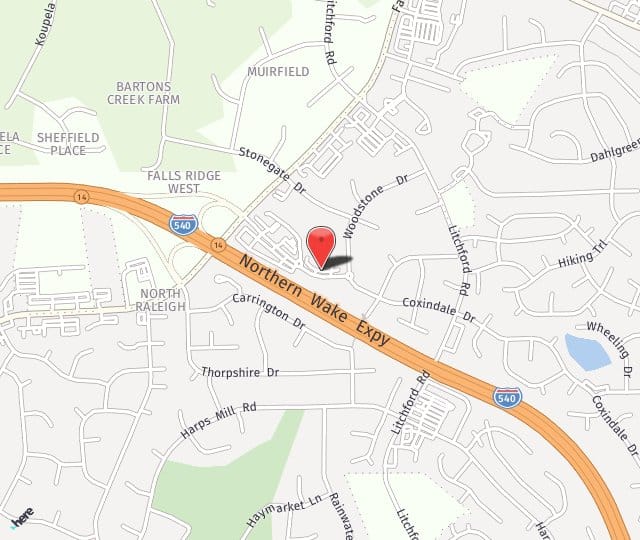A carotid artery ultrasound is a diagnostic exam that uses high-frequency sound waves to generate images of the neck's carotid arteries, which supply oxygen-rich blood to the brain. A carotid artery ultrasound is used to evaluate a patient's risk of stroke or other cardiovascular complications by checking for arterial abnormalities such as plaque buildup.
In general, candidates for carotid ultrasound are those who are at high risk for, or beginning to display the symptoms of, carotid artery disease. Candidates include those who have recently had a stroke or carotid artery surgery; have an abnormal sound in, or damage to the walls, or are suspected of having plaque in the carotid arteries. High-risk candidates for carotid artery disease include those who have been diagnosed with diabetes or high cholesterol or have a family history of heart disease.
During the ultrasound exam, the patient lies faceup on a table, and the vascular sonographer applies a cool gel to both sides of the neck, at each artery's location. A transducer, which gives off sound waves, is moved over the neck. The sound waves' echoes bounce off the arterial walls and blood cells and are converted into real-time images. The images, usually in black and white, are then displayed on a computer screen. Doppler ultrasound is included in the exam to evaluate the velocity of the blood flow; blood flow is usually shown in color.
There are no risks associated with a carotid artery ultrasound, and patients can return to their regular activities immediately afterward. The carotid doppler exam is available at Raleigh Vein and Laser Center’s vascular laboratory. The ultrasound exam is performed by registered diagnostic medical sonographers and interpreted by Dr. Messier.
